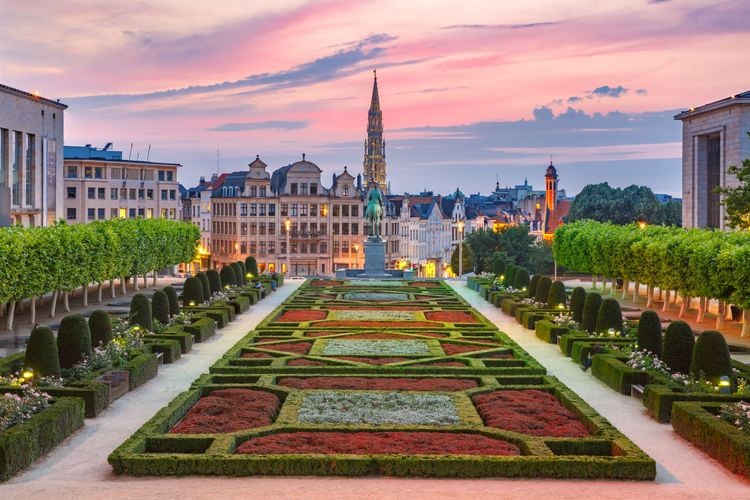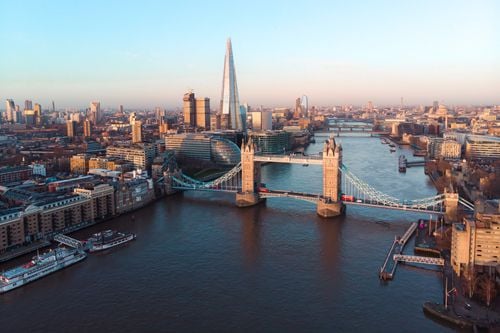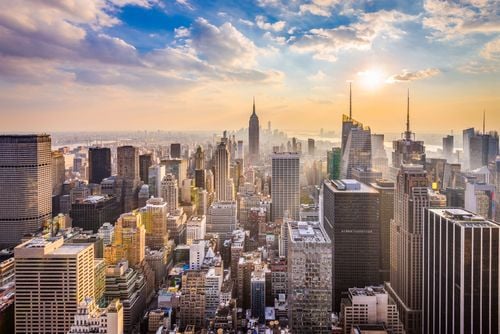The Mont des Arts is a historic district in the heart of Brussels. It is one of the city's most emblematic locations, known for its many cultural buildings, peaceful gardens and spectacular views over the city. The Mont des Arts is a must for art and culture lovers in the city. With its many buildings, peaceful gardens and spectacular views over the city, this is where you'll discover the cultural richness of Brussels.
Brussels is a city rich in culture and the arts. As the capital of Belgium, it is a must for tourists visiting northern Europe. The heart of the Flemish capital is packed with historical, cultural and artistic attractions. These include the Mont des Arts district, whose gardens offer a majestic panoramic view of the historic centre and the town hall. The Mont des Arts is an important point of interest because the district is the epicentre of a number of renowned cultural and artistic institutions. These include the Palais des Beaux-Arts, the Royal Library, the Museum of Musical Instruments and the Palais des Congrès. But the Mont des Arts is also a unique meeting place in Brussels, where artists, skateboarders and musicians come to enjoy this magnificent setting in the heart of the capital. Come and visit!
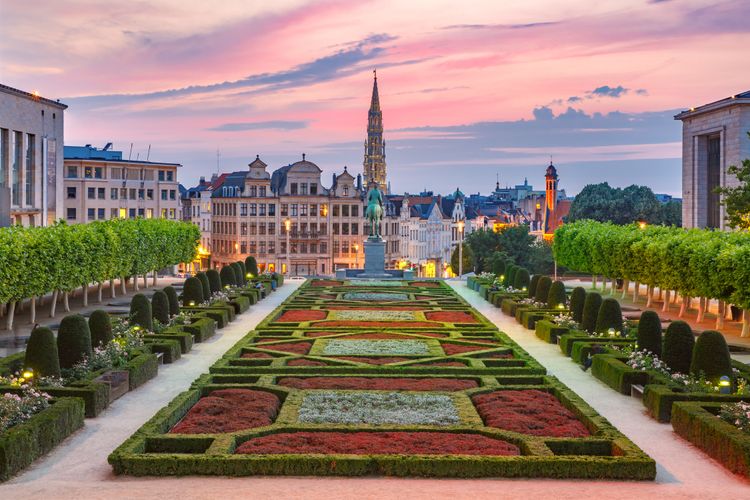
🚆 Your journey to Brussels by train
Discover the picturesque Belgian capital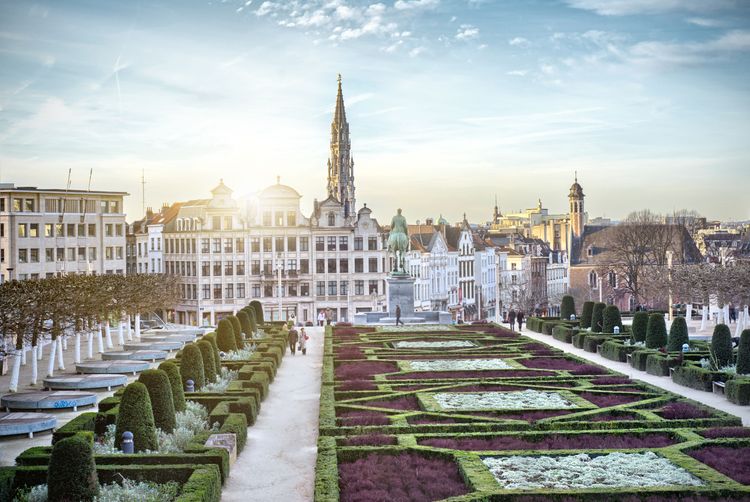
Where to stay at Mont des Arts?
⭐ 9Hotel Sablon
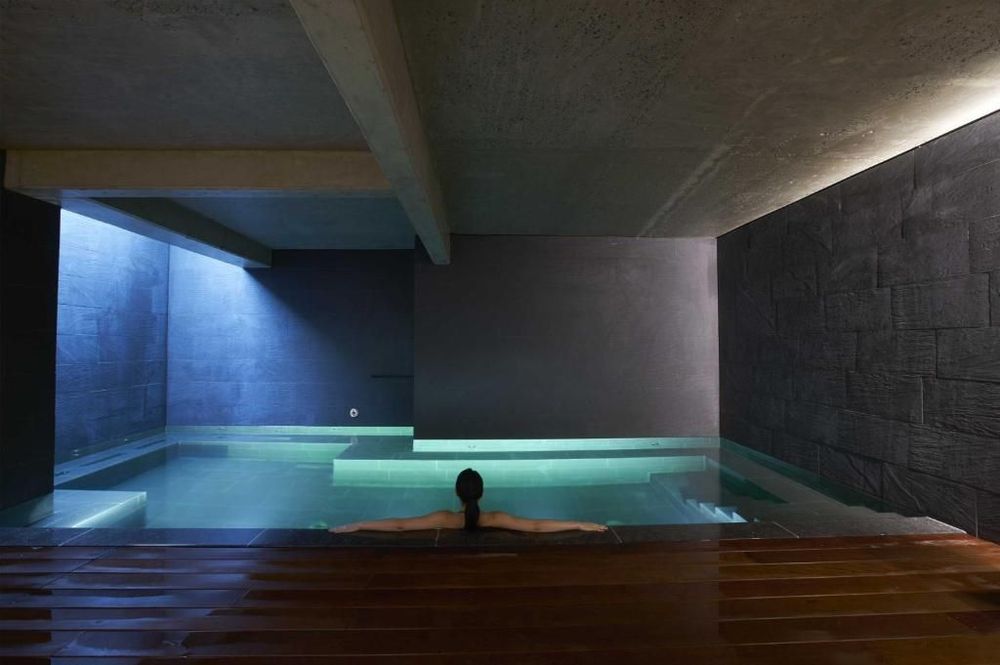 Brussels
Brussels
9Hotel Sablon
The 9Hotel Sablon is located in a quiet area of Brussels, about 5 minutes' walk from the Grand Place and the Manneken-Pis fountain. It offers free Wi-Fi and international newspapers.The Mont des Arts district dates back to the Middle Ages. In the 15th century, the city was expanding and attracting more and more artists and intellectuals, and over the centuries an artistic scene began to take shape in the heart of Brussels. A real urban planning headache, the construction of the Mont des Arts as it is today dates back to the 19th century. The city of Brussels decided to build a district dedicated to the arts and culture, but hundreds of projects followed one another without ever being voted on, since the cultural institutions were constantly expanding and the authorities could not agree on the best way to link the royal district to the lower part of the city. Access to the lower town was via a vertiginous slope, the rue Montagne de la Cour, inhabited by the Saint-Roch district, a very popular and ageing housing estate.
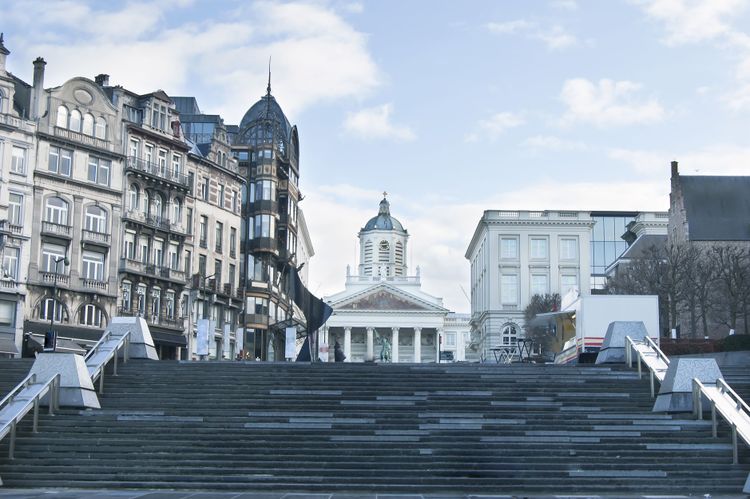
View from the stairs of the Albertine Gardens, Brussels, Belgium.
- © Bokic Bojan / ShutterstockThe development and renovation project for the Saint-Roch district was the subject of a heated discussion between the king and the city's burgomaster (mayor). The mayor simply wanted to rehabilitate and improve the district, while the king wanted to raze it to the ground to turn it into a monument. Much to the mayor's dismay, the district was razed to make way for the "Mont des Arts". But once the district had been razed, the project was rejected by the Senate, leaving a wasteland in the heart of the city. But with the 1910 Universal Exhibition approaching, it was intolerable to leave such a place in the heart of the city. So, under the King's leadership, a temporary solution was adopted to embellish the site. It was the king himself who financed the work, angered that Brussels could host the Universal Exhibition in this state. The city called on the services of the French landscape gardener and architect Jules Vacherot, head gardener of the city of Paris, who designed a garden with waterfalls and terraces for Brussels.

Place royale at the top of Brussels, Belgium.
- © TTstudio / ShutterstockThe Mont des Arts project was resumed in 1935, with the creation of a national monument to the glory of King Albert 1st. In 1937, a competition was launched to develop the Mont des Arts, including a number of buildings such as the Royal Library, the Fine Arts Museum, the Kingdom's General Archives and the Prints and Drawings Department. In 1955, the gardens were razed to the ground, much to the dismay of the people of Brussels who had grown attached to the area. In its place was a large plateau with staircases linking the upper and lower parts of the city. The area was renamed the "Albertine Garden", but few Brussels residents know this and most still call it the Mont des Arts. Leopold II, then King of the Belgians, kept the idea of centralising cultural institutions around the Mont des Arts. Over the years, the district has seen a succession of buildings linked to art and culture.
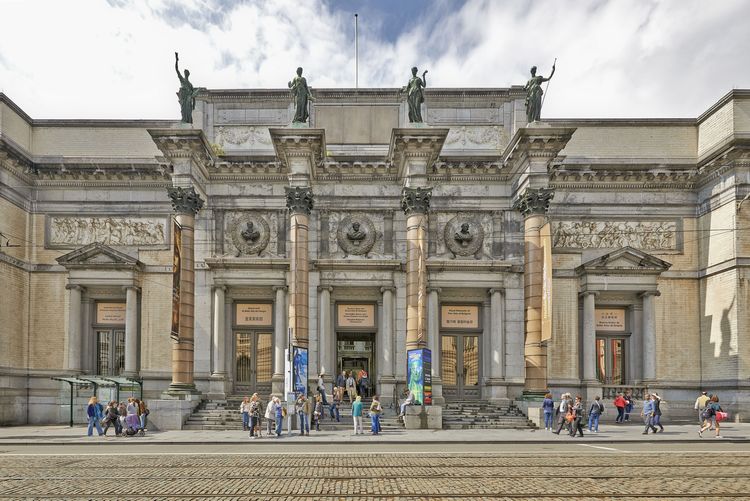
Musée des beaux-arts, at the top of the Mont des Arts district
- © CapturePB / ShutterstockThe history of this district is full of twists and turns. But a stroll around the Mont des Arts isn't just about admiring the view from the top of the Albertine garden. It's also an opportunity to discover all the cultural riches on offer. The Musée des Beaux-Arts, Palais du Coudenberg, Musée du Chat, Musée Magritte, Palais des Congrès, Place Royale, etc. are just some of the places to visit in the heart of the city. You'll also inevitably pass the Musical Instruments Museum (MIM), a remarkable neoclassical building on the corner of Place Royale. If you can't visit the museum, you can go to its restaurant to admire the magnificent view over the city! Take your time to stroll around and discover scenes of Brussels life. The Mont des Arts is also the playground of many artists, as well as skateboarders, who flock here on sunny days to take advantage of the perfect setting for their boards.
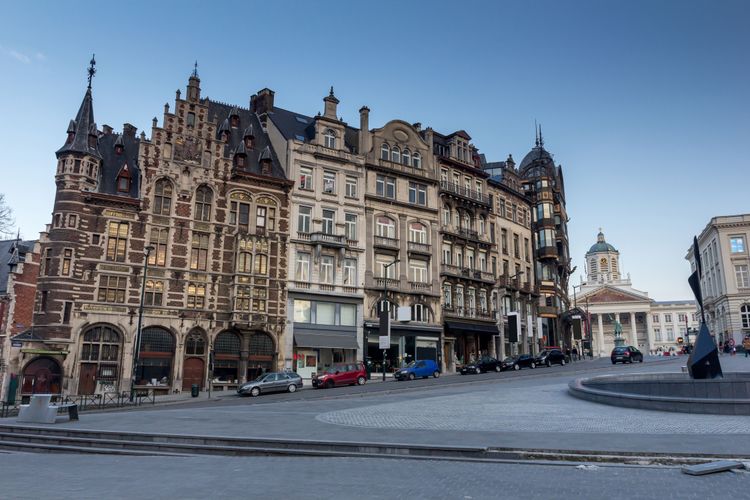
Houses on Rue Montagne, dominated by the MIM, Brussels, Belgium.
- © Kanuman / ShutterstockPractical information
🚌 Transport: Mont des Arts is served by buses 29, 38, 63, 65, 66, N08, N09, N11, N13, N16 as well as metro lines 1 and 5. The train station is right next door, making it easy to get here from further afield.
